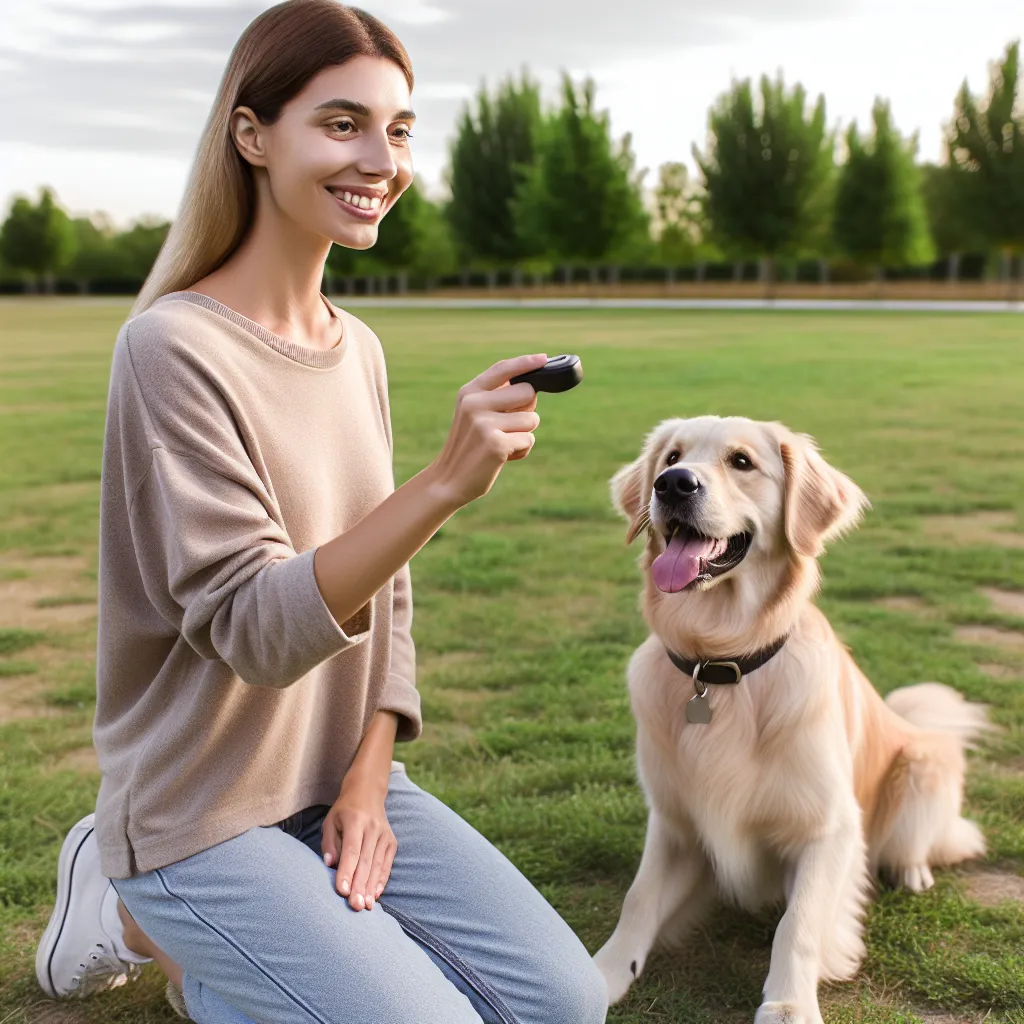Clicker Training: A Key Tool for Effective Dog Training
Clicker training is a highly effective method for shaping and reinforcing desired behaviors in dogs. This positive reinforcement technique relies on using a small handheld clicker device that emits a distinct sound, which signals to the dog that they have performed the correct behavior. The clicker serves as a consistent and immediate way to communicate to the dog that they have done something right, making it an essential tool for successful training.
One of the key benefits of clicker training is its precision. The sound of the clicker marks the exact moment the dog exhibits the desired behavior, making it easier for them to understand what is being rewarded. This precise timing helps to eliminate confusion and accelerates the learning process for the dog. As a result, clicker training is particularly effective for teaching complex actions or refining specific behaviors.
Furthermore, clicker training has been shown to create a strong association between the desired behavior and the reward, typically a tasty treat or a favorite toy. This association helps to reinforce the behavior and encourages the dog to repeat it in the future. Over time, this can lead to more reliable and consistent obedience from the dog.
Another advantage of clicker training is its versatility. It can be used to teach a wide range of commands and tricks, from basic obedience such as sitting and staying to more advanced tasks like agility and scent work. By using the clicker as a marker for desired behaviors, trainers can effectively communicate their expectations to the dog, resulting in clear and consistent training sessions.
In conclusion, clicker training is a key tool for effective dog training, offering precision, strong reinforcement, and versatility. When combined with other essential tools such as treats, a leash, and a well-fitted collar, clicker training can significantly contribute to the success of training your canine companion.
Remote-Controlled Training Collars: The Pros and Cons
Remote-controlled training collars, also known as e-collars, have become a popular tool for dog training. These collars are equipped with a remote control that allows the trainer to deliver a range of stimuli to the dog, including vibrations, beeps, and static corrections.
There are several advantages to using remote-controlled training collars. Firstly, they provide a way for trainers to communicate with their dogs over long distances, making them particularly useful for off-leash training. The ability to deliver timely and consistent corrections from a distance can be an effective way to reinforce commands and address unwanted behaviors.
Additionally, remote-controlled training collars can be tailored to suit individual dogs’ temperaments and training needs. With adjustable intensity levels and different stimulus options, trainers can find the right balance to effectively communicate with their canine companions.
However, it’s essential to consider the potential drawbacks of using remote-controlled training collars. Critics argue that misuse or improper training techniques with these collars can lead to negative behavioral outcomes, including fear and anxiety in dogs. It’s crucial for trainers to undergo proper education and instruction on the correct use of these devices to ensure the well-being of their furry friends.
In conclusion, remote-controlled training collars can be a valuable tool for dog training when used responsibly and with proper understanding. Their ability to provide clear communication and consistent feedback from a distance can contribute to successful training outcomes for dogs and their owners. However, it’s essential for trainers to approach their use with caution and prioritize the well-being of their canine companions.
Interactive Food Dispensing Toys for Mental Stimulation
One of the most essential tools for successful dog training is the use of interactive food dispensing toys. These toys serve a dual purpose by providing mental stimulation and rewarding your dog for desired behaviors. By incorporating these toys into training sessions, you can keep your dog engaged and motivated, making the learning process more effective.
Interactive food dispensing toys work by allowing the dog to problem-solve in order to access the treats inside. This mental stimulation is crucial for keeping your dog’s mind sharp and engaged, especially during training sessions. It also taps into their natural instincts to hunt and forage, providing a satisfying and rewarding experience for your furry friend.
When selecting interactive food dispensing toys for your dog, look for options that are durable and easy to clean. Consider the size of the toy and the difficulty level of the treat dispensing mechanism to ensure it is suitable for your dog’s size and skill level. Introducing these toys gradually during training sessions can help prevent frustration and keep your dog enthusiastic about the process.
By incorporating interactive food dispensing toys into your dog training toolkit, you can provide the mental stimulation and rewards that are essential for successful training outcomes. These toys not only make learning fun for your dog, but also strengthen the bond between you and your furry companion.

